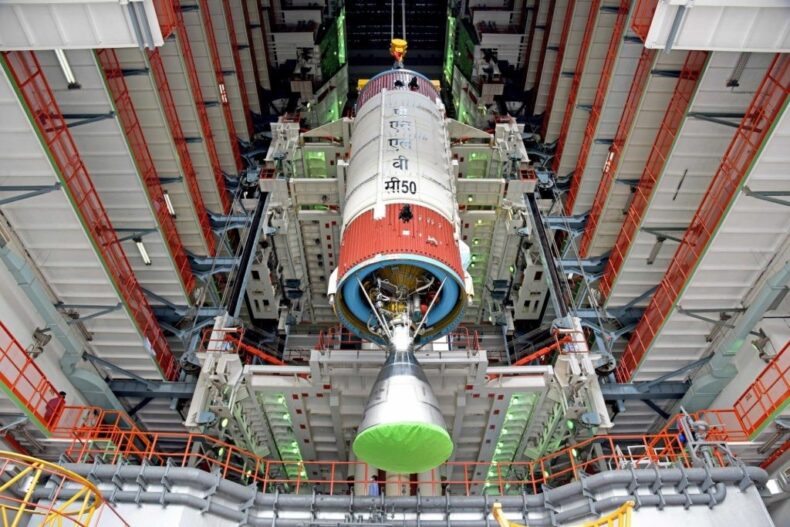S. Somanath, the Chairman of the Indian Space research Organisation(ISRO) announced that a spacecraft will be sent into orbit around Venus to examine what lies beneath its surface.India to launch Venus mission in 2024 . Somanath said at the commencement of the National Meet on Venus Science that the goal is to achieve an exclusive result. ISRO plans to launch mission in December 2024, with an orbit manoeuvre following a year.

ISRO was founded on August 15, 1969, with its headquarters in Bengaluru and its chairman, S Somanath. According to Nigar Shaji, the peoposed mission’s study director, ISRO’s spacecraft will be injected into a 500km x 60,000km orbit around Venus, which will be reduced to a 300 x 300 km study orbit using aerobraking, which might take 100 to 150 cycles around Venus, approximately six to eight months here.
India to launch Venus mission in 2024. Nigar restated some mission plans, including the phases of the mission: Earth’s bound and trans-Venus phase; Earth-to-Venus transfer, heliocentric phase (involving trajectory corrections manoeuvres); Venus orbit integration; aerobraking phase; and Venus science orbit phase.
The use of propulsion systems to modify a spacecraft’s orbit is known as an orbital manoeuvre. It allows a spacecraft to enter the orbit of a planet. In 2025, the Earth and Venus will be aligned in such a way that the spaceship will only need a small proportion of propellant to access the orbit of the Solar System’s hottest planet ‘Venus’. The subsequent comparable window will open in 2031.
Aim of the mission
Experts believe that Venus was similar to the Earth having a life and favourable atmosphere. But now the whole atmosphere around the planet as well as on the surface had gone through tremendous changes. According to the researchers, the atmosphere around Planet Venus is corrosive and toxic having sulphuric acid clouds.
In Venus, there is no such thing as life. Several countries, including the United States, are contemplating trips to Venus to try to figure out how it became a raging fireball.

Key features
The main goals are to investigate surface processes and shallow subsurface geology; to examine the structure, composition, and dynamics of the atmosphere; and to investigate the interaction of the solar wind with the Venusian ionosphere. He pointed out that budgetary and resource constraints result in contradictory planning requirements.
“A mission like this costs a lot of money”.
S. Somanath
We’ll need to dedicate a launch vehicle, construct a spaceship, and engage a substantial number of people. Because there is a significant expenditure, it is critical to demonstrate to decision-makers why the mission is important,” Somanath added. S.Somanath remarked one thing they’ll go over what they’ve done and what can be added, and see if they’re just repeating what’s already been done to prove that they can do it, or whether it will do anything new.
READ MORE= https://tdznkwjt9mxt6p1p8657.cleaver.live/i-will-read-papers-and-see-cji-refuses-to-order-status-quo-on-gyanvapi-mosque-survey/
edited by :- Yasha Malik













